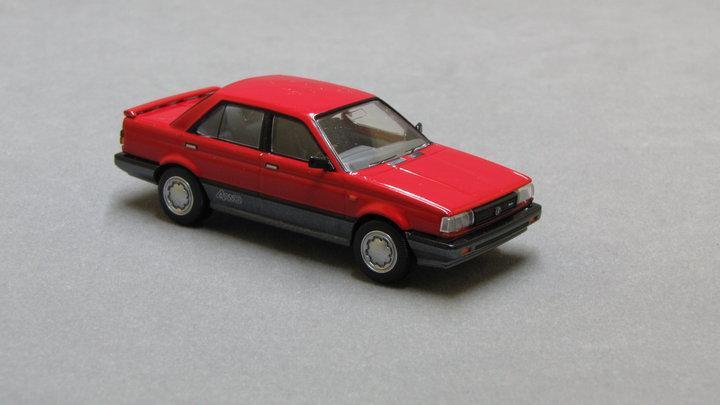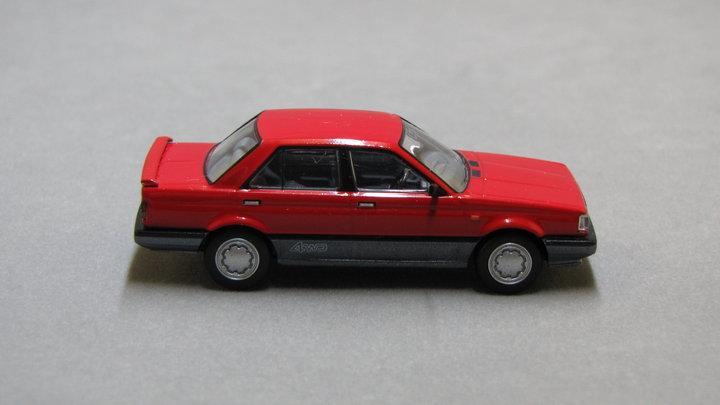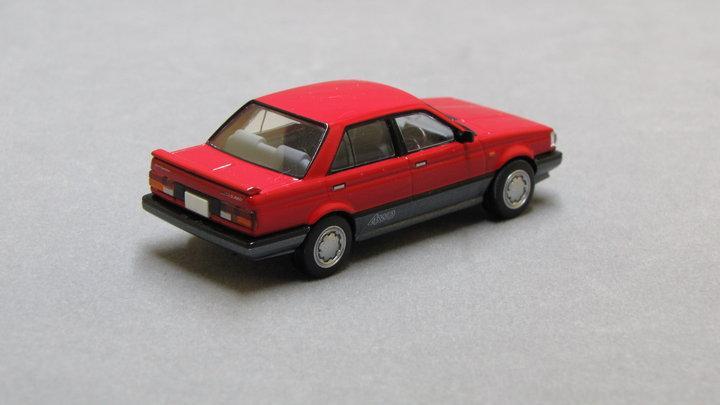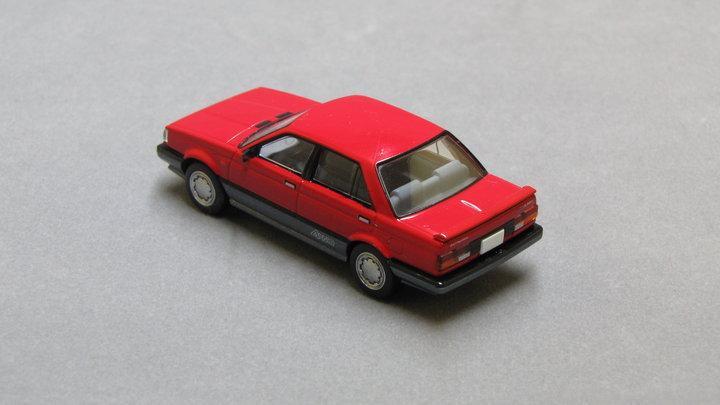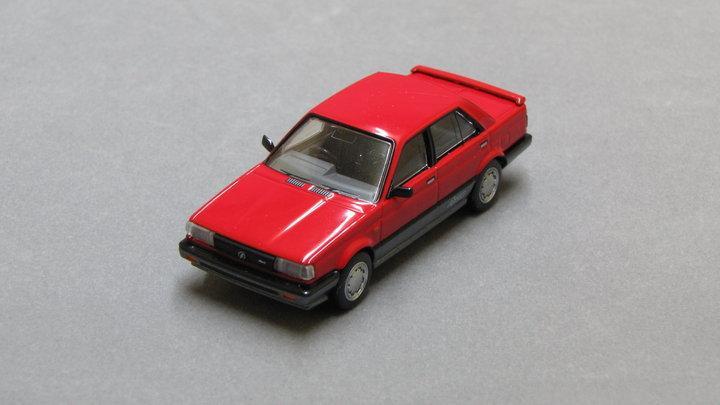Nissan Sunny
From 1985, the B12 was not as widely exported, apart from the station wagon model. This line is characterized by its squared-off styling, which was very unfashionable by the mid-1980s[citation needed]. The angular styling was insisted upon by Nissan's design chief at the time and contributed to the automaker's increasingly poor sales of the period. A four-wheel-drive variant was introduced during this generation. It is also known as Sentra in some markets, and was sold in Mexico as the Nissan Hikari.
In October 1986, European markets saw the B11 Sunny replaced by a rebadged N13 Pulsar in hatchback and saloon form (the hatchback replacing the previous N12 Pulsar, sold as the Cherry in this market). These were sold alongside the B12 Sunny estate and coupé.
The B12 series Sentra remained the mainstream C-segment Nissan in North America throughout its run, although the models available dwindled over the years. At launch, sedans were available in two-door base or XE or 4-door XE or GXE models, along with two trim levels each of the coupe and FWD wagon, a short-overhang 3-door hatchback and an AWD wagon; by 1990 only one model each of the coupe, 4 door sedan and FWD wagon, plus two 2-door sedans (one with the same trim as the others and one extra-basic price leader) remained.
The "Sunny California"-style fastback was the only B12 wagon; the B11 "Sunny Van" continued in those markets where it was previously offered.
Model : Tomica limited
Scale : 1:64
